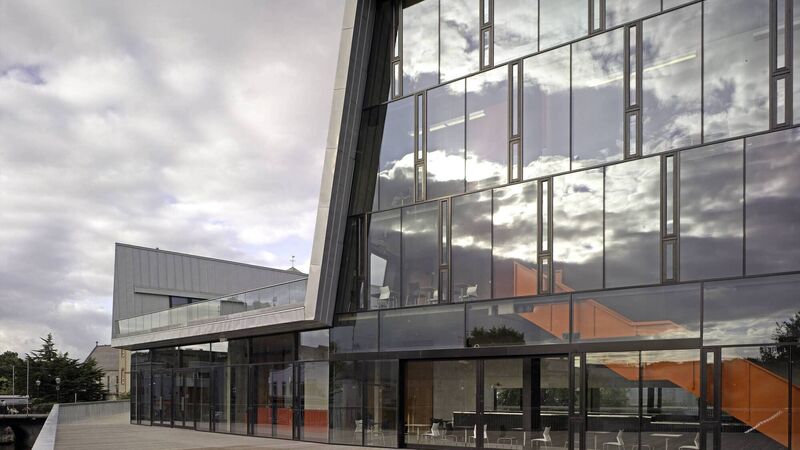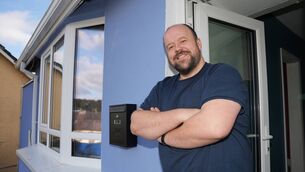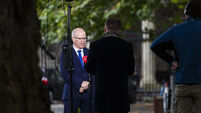Architect Valerie Mulvin: 'Let's turn the lights back on in our towns'

The Source, Thurles, Co Tipperary, by McCullough Mulvin Architects.
Valerie Mulvin thinks cinematically.
The celebrated architect also has a vision for our towns. Valerie’s rapid-fire conversation projects a mind-movie where Irish streets segue into sets and soundstages for a life with a beguiling Fellini-esque draw.













